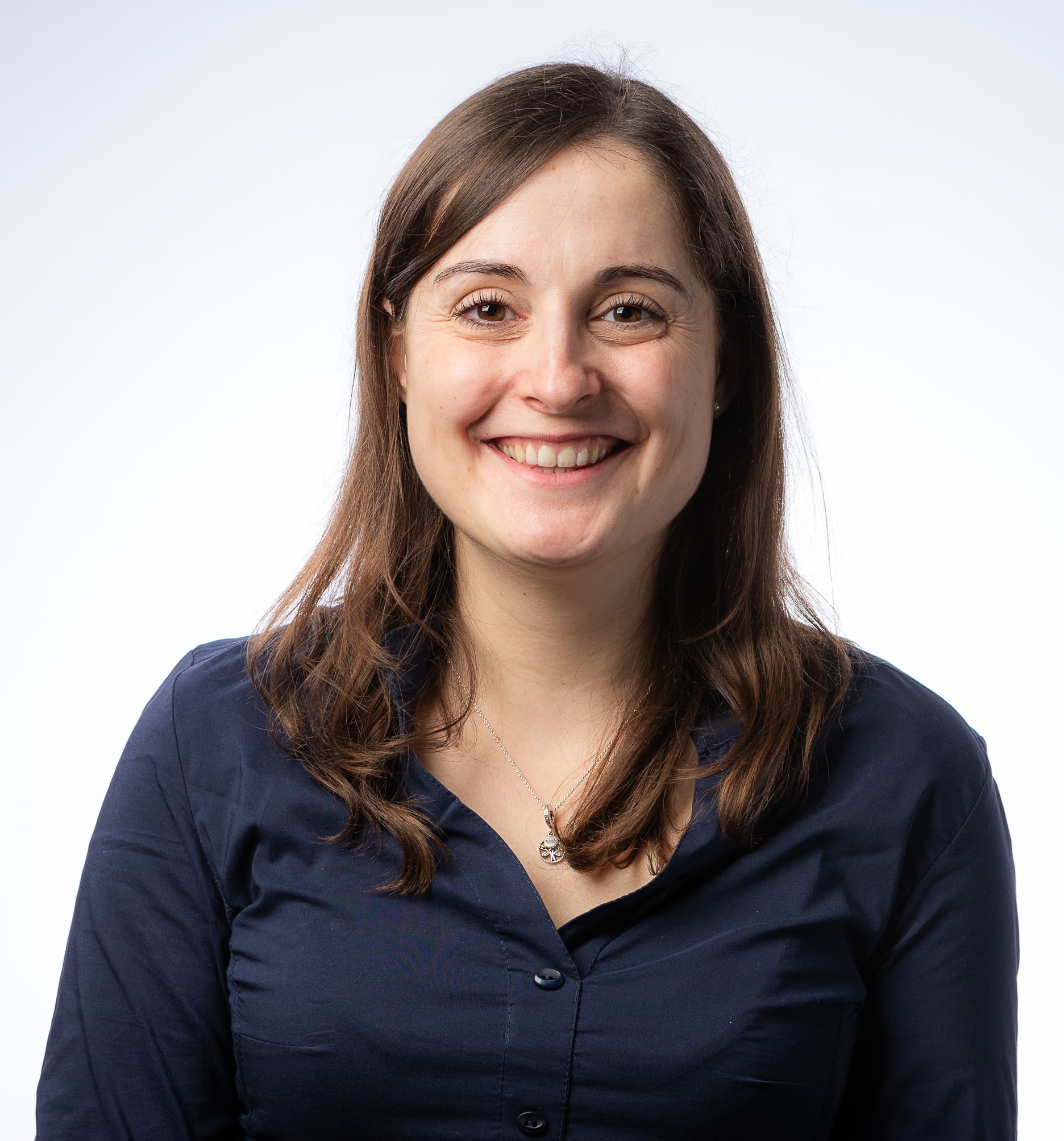Born in Nepal • Studied Mathematical Statistics at Lady Shri Ram College, New Delhi, India • Highest Degree PhD in Mathematical Statistics at the University of Osnabrück, Germany • Lives in Kathmandu, Nepal • Occupation Professor of Statistics and Mathematics
I had a great interest in mathematics right from my childhood. The beauty of mathematical problems and its solutions always captivated me. The logical approach followed towards solving a mathematical problem, the exactness and preciseness of its solutions, was always a source of great fascination. As a school student, I was always in the quest of a solution to the mathematical problems given by my mathematics teacher, in the classroom. During my student life in school and college, I was always ready to tackle that mathematical problem for a solution.
While growing up, my mathematics teachers in my school and my college were my role models. But I didn’t always have a good mathematics teacher in the school. Some teachers, although quite knowledgeable, could not explain mathematics in a simple language. In the pre-Internet and Communication Technology (ICT) era, those were the times of great struggle, as a student. Access to good quality study materials in mathematics was limited to teachers, in those times. Despite having very limited good quality educational resources in mathematics, I have tried to persevere as a student, professional and a researcher. Mathematics has always been a labor of love for me.
Despite having very limited good quality educational resources in mathematics, I have tried to persevere as a student, professional and a researcher. Mathematics has always been a labor of love for me.
After studying Mathematical Statistics in India and completing my PhD in Germany, I returned to Nepal, where I have worked now in the Department of Mathematics at Kathmandu University for more than 25 years. In this university, I have delivered lectures on several courses of Statistics and Mathematics at the undergraduate, graduate and postgraduate levels. My main objective has been to popularize these courses among my students. To achieve this, I have always tried to simplify formulas and make them engaging for the students. I have also offered crash courses in advanced levels of Statistics and Data Analysis to interested students and researchers. I have also focused on the interdisciplinary applications of the subject. I have taught students from many disciplines including medicine, engineering, environmental sciences and social sciences. My main aim has always been to promote data-based interdisciplinary studies. This was done by making mathematics interesting and popular among my students.
My main aim has always been to promote data-based interdisciplinary studies. This was done by making mathematics interesting and popular among my students.
I faced some challenges while starting my career as a professional like all my male counterparts. This was due to the switch over from student life to the life of a professional. I experienced at that time that the atmosphere in the classroom as a student was completely different from the atmosphere in the university as a lecturer. In due course of time, I married and had two children. In the initial years of my marriage and motherhood, balancing my married life and my motherhood with my professional life was the source of a great challenge. At that time, due to a Gender Gap in the professional fields of Nepal, I had to figure out how to balance my life. There were no female peers in this field, who could guide me through this part of my life journey. At that time, female professionals were much less in number than male counterparts. My family supported me during this time. I left my daughter with my parents, during my PhD study.
In the initial years of my marriage and motherhood, balancing my married life and my motherhood with my professional life was the source of a great challenge. [..] There were no female peers in this field, who could guide me through this part of my life journey.
I have to state that there is a Gender Gap in STEM education. STEM subjects seem to be less popular among girls. I feel that girls can break the glass ceiling through their hard work and perseverance in Mathematics and its allied subjects. A sound training in mathematics and its allied subjects prepares them to look at a problem from a different perspective. Girls with enhanced skills in mathematical problem solving are more evidence based and thorough. Mathematics is said to be the language of nature. Thus, these skills have immense scope of interdisciplinary applications.
With Internet and communication technology, girls of Nepal can be as good as their counterparts in the developed country. By using this technology, girls of Nepal can enhance their skills of problem solving, using mathematics. They should be encouraged to participate in Mathematical events, as this will expose them to the importance of mathematics and the role of ICT in enhancing their skills in mathematics.





Recent Comments